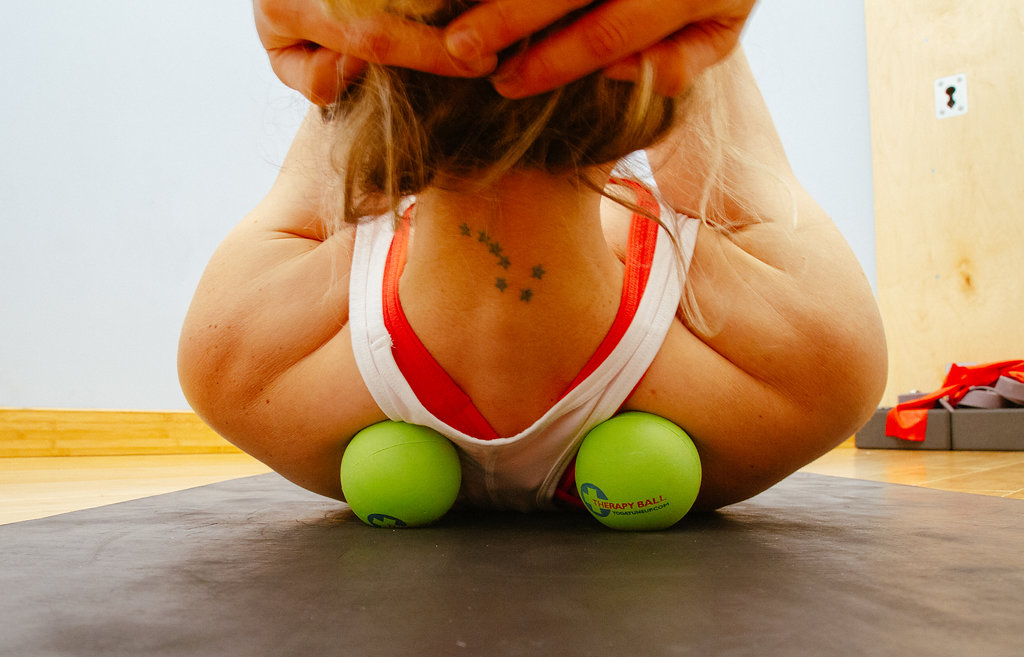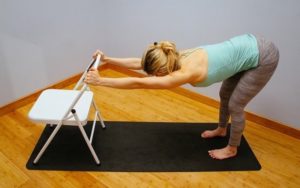A ROOT Awakening
Yoga Therapy: Alignment and Spinal Health
I recently had to get an “alignment” on my car. Ugh, the dreaded vehicle alignment that costs about $200 more than you want and you aren’t quite sure why you need to get one. But the more I think about it, vehicle alignments are as essential to our car health as our physical alignments are to our overall wellness. For example, think of the frame of your car as the skeletal system of your body.
If the frame of your car is out of alignment (suspension) the car’s ability to take a shock is compromised. This makes for a very rough, bumpy and rather unsafe ride. Same thing goes for your spine. The health of your spine is key to the health of our entire body. Not only is the spine critical for supporting the structure of our bodies and managing the force of gravity, but it is also what protects our spinal cord, which houses the majority of our vastly complex nervous system. The nervous system is where our fight or flight and relaxation response live. It also controls and coordinates every function in our entire body.
If you have ever stepped into a yoga class, then you’ve also heard the term “alignment” more than once. Generally, the word alignment is used to refer to posture. In yoga “posture” is not limited to the typical everyday upright position (old-school stack of books on head), but rather it’s used to describe any position that the body is in. When we talk “alignment”, we are inviting you, the student, to become aware of the arrangement and balance of your bones and muscles, from head to toe and its effect on your spine.
Way too often, I witness students compromising the integrity of their spine to tackle a stronger or more “advanced” variation of a particular pose. A simple example is in down-dog pose. At some point, the message about having your heels touch the floor in down-dog pose became an important piece to “mastering” this posture. Well, as a result, a number of students were compromising the integrity of their spine, rounding their shoulders and creating excess tension in the upper back and neck. EEK!
Today, I am hoping to spread a different message about alignment, one that centers around maintaining spinal health and as a result, an improvement in overall wellbeing.
SPINE 101
Our spine is made up of 33 bones (24 moving bones), also known as vertebrae. The vertebrae are numbered and divided into regions; cervical, thoracic, lumbar, sacrum, and coccyx. Each vertebra protects a part of the spinal cord and each region has specific features that help them perform their main functions. Between each vertebra are a pair of nerves that branch off from the spinal cord. These nerves connect to major parts of the body (like the arms and legs) as well as major parts of our internal control system. This control system regulates function of our vital organs, blood vessels, and glands.
When a vertebra becomes misaligned in relationship to the other vertebrae or loses its mobility, it can place additional stress on our muscles, joints, ligaments, discs, and interfere with the function of our nervous system. Malalignment can not only cause sensations of pain and numbness, but also can lead to various systemic problems like, headaches, fatigue, allergies, asthma, and digestive issues (just to name a few)!
Research has proven that yoga therapy is effective for chronic back pain. Why? Because, yoga postures and breathing techniques allow you to develop strength, improve mobility, and help release tension that impacts the spine.
So, the next time you find yourself twisted in triangle or inverted in down-dog, and moving away from alignment, think about using these 3 tools to help you guide your practice to meet your needs.
#1: Attention to Breath: Much of the time, I notice students disregarding the quality of their breath as they attempt to contort their body into whatever shape is being asked of them. However, please note, the breath is our guide. I repeat, the breath is our guide! In fact, the body is meant to be stable and firm to support the regulation of breath and prana (life force). If your breath is short, shallow, and compressed most likely your spine is to. This means, our nervous system is launching right back into its fight or flight mode. Breath quality is a great signal as to where we are in our practice. When we are straining to get into a certain pose, we are compromising our ability to create space and vital energy in the body, and rather adding more tension and stagnation.

#2 Visualization: Visualizing your body in space is a great way to strengthen your proprioceptive sense. Proprioception (aka: your 6th sense) is the body’s ability to sense itself in movement and spatial orientation. Our spine has natural curves. These natural curves are necessary for our body to reduce the force of gravity. However, most of us spend much of our days hunched over at our computers, on the couch, and in our cars. Overtime this becomes the posture we live in and as a result we begin to alter these natural curves. (ie: excessive rounding in the upper back, forward head, and/ or excessive arching in the lower back, etc.) which inevitably leads to imbalances and pain. With that said, the next time you engage in your practice I encourage you to question; “Where and what is my spine is doing?” See if you can connect with your posture and what sensations are coming up. Can you feel yourself rounding or compressing your spine? Throughout my years practicing, I have found it helpful to recall sensations I am more familiar with. Since we do spend most of our time in a hunched position, I often sense my shoulders rounding forward and my chest caving inward. In these moments, I welcome in the qualities of a back bend like cobra pose. This is similar to reacting to your grandmother or mother demanding you to “put your shoulders back!”. Calling upon our back muscles to engage as they do in a backbend, will help move your head back over your shoulders and ultimately reduce the excessive rounding and improve posture.
#3 Mad Props: One of the reasons why this practice is so special, is because it is happy to meet you where you are, that is, if you let it. Props are a yogi’s best friend. They want to be used and most likely your body wants you to use them. It’s tempting to look over at your neighbor and watch them touch their toes, and then desire to do that exact same thing. News flash: all of our bodies are different. Did you ever consider that your yogi neighbor might have a longer torso or longer arms (like me!) making touching their toes a breeze? This is why I strongly encourage you to pick up a block (or two) and a strap before class and ultimately do what feels good. If you can maintain the pose, have full control of your breath, and can sense your spine lengthening in an effort to reestablish its natural curves from your tailbone up, you’re in the right place.






Recent Comments